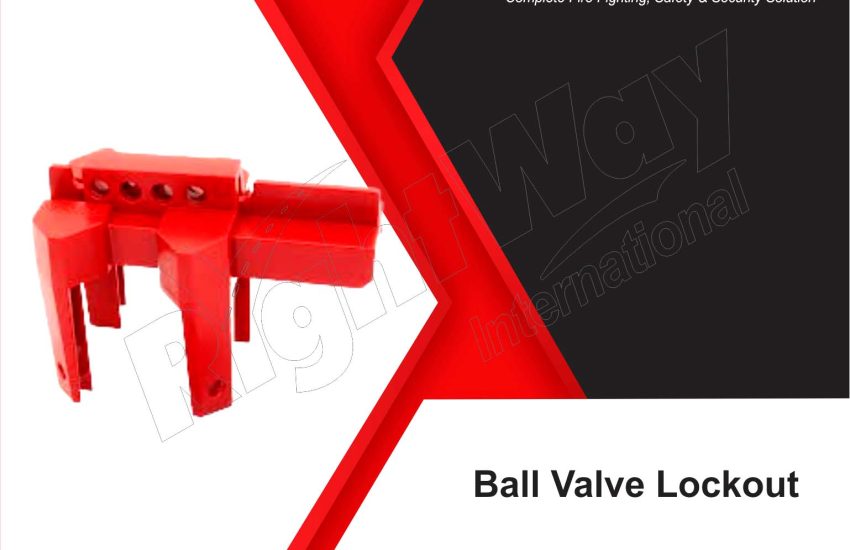Ball Valve Lockout In industrial settings, safety is paramount. One crucial component of workplace safety is effective lockout/tagout (LOTO) procedures, particularly when dealing with ball valves. This article will explore ball valve lockouts, their features, benefits, and proper usage, while incorporating essential keywords for optimal search engine optimization (SEO).
What is a Ball Valve Lockout?
A ball valve lockout is a safety device designed to secure ball valves in the closed position during maintenance or servicing. It prevents accidental opening and ensures that the flow of hazardous substances is safely controlled.
Key Features of Ball Valve Lockouts
- Durable Materials: Ball valve lockouts are typically made from robust materials, such as heavy-duty plastic or metal, ensuring they can withstand harsh environments.
- Versatile Design: These lockouts are available in various sizes to fit different ball valve types and configurations, making them adaptable for many applications.
- Easy Installation: Most ball valve lockouts are straightforward to install, allowing workers to quickly implement safety measures without extensive training.
- Multiple Locking Options: Many models accommodate several padlocks, enabling multiple workers to secure the valve simultaneously.
Benefits of Using Ball Valve Lockouts
- Enhanced Safety: By securing ball valves, these lockouts significantly reduce the risk of accidental opening, preventing potential accidents or injuries.
- Compliance with Regulations: Using ball valve lockouts helps organizations meet safety regulations and standards, ensuring a safer work environment.
- Cost-Effective Solution: Preventing accidents through effective lockout procedures can save organizations money on medical expenses and downtime.
How to Use Ball Valve Lockouts
- Identify the Ball Valve: Locate the ball valve that needs to be locked out before beginning maintenance or servicing.
- Close the Valve: Ensure the ball valve is in the closed position to prevent the flow of any hazardous substances.
- Install the Lockout Device: Place the ball valve lockout over the valve and secure it according to the manufacturer’s instructions.
- Add Padlocks: Insert padlocks into the lockout device. If multiple personnel are involved, each can add their padlock for additional security.
- Verify the Lockout: Double-check that the lockout is secure before commencing any work on the valve.
Choosing the Right Ball Valve Lockout
When selecting a ball valve lockout, consider these factors:
- Size and Compatibility: Choose a lockout that fits your specific ball valve type and size.
- Material Quality: Opt for high-quality materials that can endure the conditions of your work environment.
- Ease of Use: Look for designs that allow for quick and easy installation to promote efficient safety practices.
Conclusion
Ball valve lockouts are essential for maintaining safety during maintenance and servicing operations. By investing in quality lockout devices, organizations can enhance safety compliance, reduce risks, and foster a culture of workplace safety.
For more information on ball valve lockouts and other safety equipment, visit our website or contact our team of experts today.


